'Dune: Part 2,' annotated
A long, mostly comprehensive, extremely pedantic companion to the 'Dune' sequel
In 2021, as a component of a long-running career plan to heavily monetize my two worst qualities, pedantry and obsession, I undertook the task of “annotating” Denis Villeneuve’s Dune movie, identifying scenes, characters, and references that deserved special comment, whether because there is more information to be applied from the original text, or because they made me laugh, or cry, or hoot, and holler at the screen.
Now that Dune: Part 2 is out, I am providing the same service for the sequel, which completes Villeneuve’s adaption of Frank Herbert’s original novel. Before we begin, a few cautionary notes:
The post is long and has a lot of images, and Gmail cuts it off about a third of the way through. I recommend clicking here to read the whole thing in a browser.
Because the movie will not hit streaming for several weeks, in order to provide the accompanying screenshots it was necessary to obtain a copy from [REDACTED] that is (1) relatively low-quality and (2) has Spanish subtitles. I hope this is not too distracting to discerning consumers of Dune content. As an aside, I really do encourage people to see this movie on the big screen, as its main virtue is audiovisual spectacle that “compressed screencaps of a Latin American telesync MP4 published to a Substack newsletter” can’t really communicate.
As in the previous post, Read Max’s official position is that Dune canon consists of the six books written by Frank Herbert. We also accept some information from The Dune Encyclopedia, a genuinely quite wonderful supplemental text written by the Cal State Fullerton professor Willis McNelly from a series of conversations with Herbert. The Dune Encyclopedia is out of print, and officially disavowed by the Herbert estate, since it contradicts some of what Herbert’s son Brian has written in his sequel and prequel novels; however, as far as we’re concerned it’s better than anything Brian did and is quite useful for our purposes, so we’re regarding it as canon. It’s available on the Internet Archive, should you have any further questions.
I will do my best to warn you about “spoilers” for events that take place after the end of the first movie, but this is a post about a universe invented in a series of books that’s more than half a century old, so tread carefully, caveat lector, etc.
If you enjoy this post, which required some 20-odd years of accumulated knowledge about the Dune universe, plus several hours of googling “Fremen Marxism socialist secular liberation,” please consider paying to subscribe. Read Max takes no advertisements and has no sponsors; it’s entirely supported by readers, which is why we can get away with stuff like this. If you can’t afford to subscribe or don’t want to, than I urge you to share it with people to get the word out--I have no marketing team or budget, either!
First, a brief reminder of where we’re at:
There are no computers in the Dune universe, following a civil war known as “the Butlerian Jihad” that occurred 10,000 years before the events of Dune. Space travel is made possible by the spice melange, a substance found only on the planet Arrakis, which endows people with limited prescience and allows them to plan faster-than-light journeys enabled by “Holtzmann engines.” A quasi-religious sect of women called the Bene Gesserit, equipped with incredible physical and mental control, has been working for thousands of years to breed a supremely talented man called the “kwisatz haderach.”
In the first movie, we meet Duke Leto Atreides, a popular aristocrat who is given control of Arrakis as a supposed gift from the emperor. In fact, it’s a trap, and Baron Vladimir Harkonnen, the duke’s sworn enemy, is conspiring with the emperor to seize Arrakis and kill all of House Atreides. Leto is killed, but his son Paul and Paul’s mother Jessica, a Bene Gesserit, escape into the desert and meet up with a bunch of Fremen, the indigenous people of Arrakis.
As part of the Bene Gesserit kwisatz haderach initiative, Jessica was supposed to bear Leto a daughter, and that daughter would have in turn born the kwisatz haderach. By having Paul instead, she has screwed up the Bene Gesserit plans--but may have just had the kwisatz haderach a generation early.
There are these really big worms on Arrakis.
“Power over spice is power over all” This phrase, which opens the movie, doesn’t appear in any of the books. The voice speaking it belongs the “creepy Sardaukar throat singer” who performs a liturgy for the emperor’s cultic shock troops in the first movie--
--and is provided by a professional musician and throat singer named Michael Geiger; there’s a nice video interview of him up on YouTube describing the recording process. In another video Hans Zimmer says that Villeneuve put Geiger’s Sardaukar voice at the very start of the first movie specifically to draw a contrast with the orchestral fanfare of a sci-fi epic like Star Wars, so I wouldn’t read too much into it beyond that.
After some opening shots of Harkonnen soldiers (or Sardaukar warriors in Harkonnen livery) burning piles of dead Atreides men, Villeneuve takes us to a beautiful new planet: Kaitain, the seat of the imperial House Corrino.1 In general, each planet in the Dune universe gets a single climate and vibe that’s easily and conveniently described in one or two words. If Arrakis is “the desert planet” and the Atreides homeworld Caladan is “the rainy planet” and the prison planet Salusa Secundus is “the prison planet,” Kaitain is “the San Diego planet”: 70 and sunny every day.
The emperor and Princess Irulan are playing cheops, or “pyramid chess,” a popular game described in the appendix to Dune as “nine-level chess.” I guess the production designers decided it would be too complicated to try and build a board with nine levels.
This the first glimpse we get of Padishah Emperor Shaddam Corrino IV. (The name “Shaddam” isn’t ever used in the movie, at least that I noticed, for reasons I couldn’t possibly begin to guess at.) House Corrino has ruled the galaxy for more than 10,000 years, since emerging as a fearsome war power from the miserable and climactically extreme Salusa Secundus; Shaddam IV is described in the novel as the 84th Padishah Emperor. (If you’re trying to do the math on 10,000 years and 84 emperors, be aware that the accepted fudge is “spice consumption among the very wealthy extends their lifespans.”)
As a reminder of the Shaddam IV’s political position: While the Landsraad (the assembly of aristocratic Great Houses including the Atreides and the Harkonnens) formally owes fealty to the emperor, he derives his actual power from (1) his control of CHOAM, the trading monopoly that manages and exploits the galaxy’s most important resource, spice, and (2) his leadership of the Sardaukar, the legendarily terrifying professional army raised on Salusa Secundus. If someone were to appear who could, I don’t know, both control the flow of spice and lead an even more formidable fighting force than the Sardaukar into battle, well, the emperor might be in trouble.
Possibly the other important thing to understand about Shaddam IV is that he is the first Corrino emperor in 10 millennia to have no male heirs. Instead, he is a #girldad, and, in true influencer tradition his five daughters have insane names: Irulan, Chalice, Wensicia, Josifa, and Rugi. This means House Corrino will end with Shaddam IV’s death, and whoever marries Irulan will succeed Shaddam IV.
This seeming accident was in fact a Bene Gesserit coup: Emperor Shaddam’s wife Lady Arinul, a high-ranking Bene Gesserit, was ordered by Reverend Mother Gaius Helen Mohiam to have only daughters, because this branch of the Bene Gesserit’s messiah-breeding program was supposed to end with the emperor’s heir marrying the kwisatz haderach and placing him on the throne. You will remember, though, that the kwisatz haderach was meant to be the son of Feyd-Rautha Harkonnen and the daughter that Lady Jessica was supposed to bear Leto Atreides. Jessica had a son, which really fucked up the whole plan.
“Imperial diary, year 10191, third comment.” Every chapter in Dune is prefaced by a quote from one of many history books and biographies written about Paul by Princess Irulan. These short excerpts from the future, which you understand come from hagiography and propaganda for a living, genocidal god, haunt the book’s present, where Paul is still young and distinctly human; they also introduce readers early on to Irulan as a figure of great but unclear importance to Paul’s life. It’s understandable to have dropped them--it would be hard to figure out how to represent them cinematically--but I did miss them, and I appreciated the Irulan dictaphone voiceover as a small nod to the technique, even if she’s mostly just dumping exposition rather than describing the present from the position of the future.
Cool shot. Harkonnen soldiers (and later, Gurney Halleck) use suspensors powered by Holtzman Field Generators to float. (See the previous annotations for more on Holtzman Field Generators.)
It might be useful to refresh your memory on how personal shields work, and thus the rules of fighting in the Dune universe. Shields block all matter moving above a certain speed (such as, e.g., bullets), so most soldiers in the Dune universe use bladed weapons which can be swung slowly enough to pass through the shields. (You can’t use “lasguns” either because they create small nuclear explosions if they hit shields.) Out here in the desert, though, all bets are off, because shields attract sandworms.
“Filthy water. It’s full of chemicals. But good enough for cooling systems.” In the book, the Fremen reclaim the water of any dead person, Fremen and non-Fremen alike, using special machines called “deathstills.” In the movie universe, of course, only non-Fremen have their water taken; the water reclaimed from dead Fremen like Jamis is poured into the big graveyard-reservoir in Sietch Tabr.
As to the “chemicals” Stilgar is so afraid of, hard to say what they actually are. Knowing Stilgar, he probably means vaccines.
I love the creepy Harkonnen mentat situation room but I must insist that the Harkonnen method of killing underlings for the crime of offering grounded advice is really ill-suited to producing lasting results and I would not buy a business book on leadership by Vladimir, Glossu, or Feyd-Rautha.
“As you may recall, the south is uninhabitable, my lord.” In the books, it’s revealed that the Fremen have been bribing the Spacing Guild with spice to keep satellites out of Dune’s atmosphere, preventing anyone in the imperium from seeing the true size of the Fremen population, which Thufir Hawat estimates at one point to be around 10 million.2
Here’s the map of Arrakis from the original edition of Dune, drawn by Dorothy de Fontaine (this excellent Reddit comment has hi-res links to multiple Dune-related maps):
As you can see, most of the events of the book take place in the planet’s extreme north--the city of Arrakeen is just inside its “arctic circle,” and Sietch Tabr just outside the circle to Arrakeen’s west. But the south (as the movie goes on to demonstrate) is not uninhabitable (nor uninhabited), just even more extreme and difficult to survive than the north.
A sietch is a Fremen village, carved into a mountain or rocky outcropping and led by a naib. Sietch Tabr is the sietch closest to Arrakeen, as you can see on the map; its naib is Stilgar.
Villeneuve’s vision of Sietch Tabr, with its carved blocks, reminds me more than anything of Frank Lloyd Wright’s famous Ennis House in Los Angeles--itself loosely inspired by Mayan temple architecture. The Ennis House has been used as a filming location for dozens of movies, most famously as Harrison Ford’s apartment building in Blade Runner.
Would love to have been a fly on the wall at whatever meeting or brainstorming session happened where they decided they couldn’t use “jihad” (which is how Herbert consistently describes Paul’s holy war) or “Shaddam” but they could use “mahdi.” It’s better than the reverse? I guess?
“There’s spice in the food.” Herbert describes spice as smelling and tasting like a cinnamon; Fremen use it in particular to flavor their coffee. In the books, spice is consumed on food by extremely wealthy aristocrats, including the Atreides, even off of Arrakis, but clearly not here.
“The Lisan al-Gaib will change the face of Arrakis. He will bring back trees; he will bring back a green paradise.” Throughout Dune, various characters refer to a prophecy hailing the “Lisan al-Gaib” or “voice of the outer world,”3 a messianic prophet who will restore the lush forests that once covered Arrakis. Everyone on Arrakis seems to know this prophecy, and vague fragments of it are quoted--“The Mahdi will be aware of things others cannot see,” e.g.--but it’s never clear where it came from, or if it is even specifically documented somewhere. Eventually, and I assume this isn’t a spoiler, Paul claims the mantle of Lisan al-Gaib, and leads the Fremen on a holy war across the galaxy.
But as both Paul and Chani suggest in the movie, the prophecy (if not the entire Fremen religious edifice) was sown thousands of years earlier by the Bene Gesserit’s Missionaria Protectiva, a group dedicated to promulgating Bene Gesserit-friendly myths on planets across the galaxy. The fact that a prophecy initially deployed as a somewhat cynical political tool actually came true hits at one of the Dune saga’s core concerns: is there a difference between prophecy, prescience, and prediction? Is Paul fulfilling a prophecy or wielding it to his advantage? And is there a difference?4
“How does one become a reverend mother?” The basic ritual is that a Bene Gesserit initiate takes a special kind of poison--an “awareness-spectrum narcotic”--and transforms it in their bodies to a harmless substance, in the process gaining access to all the memories of their female ancestors. On Arrakis, the awareness-spectrum narcotic taken by their reverend mothers is the spice-infused Water of Life, which gives Jessica access to the memories of all previous reverend mothers of Sietch Tabr. (The Fremen Water of Life ceremony is traditionally followed by the rest of the sietch drinking the now-harmless-but-still-narcotic Water of Life that’s been transmuted by the new reverend mother and having a wild party.)
“We believe in Fremen. You want to control people? Tell them a messiah will come.” In the books, Chani becomes a sayyadina, or entry-level Fremen priestess. Recasting her as a kind of fiercely secular pan-Fremen socialist in a popular front alliance with Fremen Brotherhood fundamentalists like Stilgar is, to me, a cool and interesting change, though if she were really a Fremen Marxist she’d be talking a lot more about resource exploitation.5
“Stilgar? He’s from the south. You didn’t notice his accent?” I think Chalamet and Zendaya are both great in this movie, but it’s pretty funny the way no one has ever sounded more like a 2024 20something than them.
Like all religious belief in the Dune universe, the Fremen religion is officially a syncretic blend of various older religious systems and local indigenous belief. (Such as, e.g., the idea that the sand worms are a kind of physical manifestation of God.) But in practice, the Fremen religion is mystic Space Islam. They mark a month of fasting called “Ramadhan”; they refer to the Islamic concepts of ilm (knowledge) and fiqh (jurisprudence); and, of course, they believe in the coming of the “mahdi.”
This guy? This guy is one of my two favorite New Guys in the movie.
“What have we done? She is pregnant.” Undergoing the “spice agony” ritual while pregnant may have adverse affects on the fetus, such as waking it up and giving it access to all of its ancestral memories before it’s even born. The accelerated mental maturation brought about by being sentient while in the womb is called “pre-birth,” and the Bene Gesserit hate it because it makes the eventual child susceptible to possession by a particularly strong ancestral ego.
“You’re so close now… only one step remains, and you will become the kwisatz haderach…” The kwisatz haderach, we know, is the object of the Bene Gesserit’s multi-millenia breeding scheme: a man who will lead humanity down the Golden Path of survival and flourishing. Specifically, though, the kwisatz haderach is a male reverend mother: a man who can withstand the Water of Life ritual and access the genetic memories of his ancestors. Because Paul is one generation before the predicted kwisatz haderach, it’s not clear that he will be able to survive the “one step” Jessica wants him to take.
In Gmail, this email will cut off right about here. Click on the button below to read the rest on the website!
“The mahdi is too humble to say he is the mahdi. Even more reason to know he is!” I love Javier Bardem and his performance here is wonderful and funny, but… in the books, Stilgar--possibly based in part on Herbert’s friend and mentor Henry Martin, a Hoh fisherman from western Washington--is one of Paul’s closest friends and advisors, a sophisticated strategist, and a model for calm, intelligent, and sensitive leadership. Here, he’s a religious uncle6 whose role is about 50 percent comic relief. I’m thankful for the jokes in an otherwise pretty unremittingly grim movie, I guess, but I think losing the book Stilgar is a heavy price to pay.
I’m not sure I’m getting the operation entirely right, but I think the deal here is that the Fremen have lasguns that can cut open the spice harvesters, but need to blast the ornithopter escorts out of the sky before the lasguns can be operated safely?
“He deserves to be Fedaykin.” Fedaykin is a Fremen term referring to “a group formed and pledged to give their life to right a wrong,” usually warriors--in this context, anti-Harkonnen guerillas. Fedaykin is an obvious reference to the Arabic “fedayeen,” a word literally meaning self-sacrificers and used to describe various military and militant groups since at least the 11th century.
“I see strength in you… like the base of the pillar.” “The base” is a cool name, wonder if anyone else has used it?
In the book--which, remember, covers two years and change instead of the six months or so we get in the movies--Paul and Chani settle in together and have a son, named Leto, who is killed in a Harkonnen raid on Sietch Tabr on the eve of Paul’s victory. I go back and forth on the excision of Leto: I understand not wanting to introduce a child simply for the purpose of killing it, and in the book Leto’s death feels somewhat purposeless--it drives no particular action or decision, though it becomes somewhat relevant in Dune Messiah when the question of heirs is more important.
But the movie also moves the attack on Sietch Tabr up, so that it occurs before (and is the motivating event for) Paul’s decision to take the Water of Life and assume the mantle of the Lisan al-Gaib. The sequence of events between the attack and Paul’s ritual are, I think, a bit muddled in the movie, and I wonder if putting Leto’s death there might have focused the narrative a little bit.
On the other hand, I sort of suspect that what really happened is that Villeneuve decided he didn’t want to deal with Alia, and so accelerated the timespan so Jessica wouldn’t have to give birth, and so obviated his own ability to put Leto in the story.
I’m beginning to think Baron Harkonnen is not a good guy… 🤔
“It triggers a holy war. Millions and millions of people starving to death because of me.” I have to say that I didn’t love these starvation-and-death visions, which are a bit too dreamy and reminiscent of Creed album covers to really communicate the visceral horror Paul (and the audience) are meant to feel over the billions that will die if he takes the jihad path he spends much of the movie meaning to avoid--especially compared to the brief vision of total war he sees in the first movie. I get that you can’t really “go there,” and probably it’s better not to, but “gloop people will die in the CGI desert if I go south!” is not the most convincing complaint.
“I tuned it myself. Here.” As Bobby Finger asks: “Is there some little gay Freman whose job it is to pick up all those leftover worm clickers?” I don’t know that Villeneuve has a clear answer to this. In the book, the thumpers are described as “spring-loaded” which suggests to me that they’re pretty simple mechanical devices made from found, recycled, and scavenged material (and therefore disposable as necessary) versus the (battery-powered and plastic-molded?) thumpers used by the Fremen in the movie, which look solid and expensive. On the other hand, the sietches in the books are said to have “factories” inside them, so presumably relatively scaled production of necessary goods is not out of Fremen grasp.
The Dune Encylcopedia describes the steering process: “Once up, the hookman and followers steered the worm by opening gaps down one side of the beast, prompting it to roll away from the gaps to prevent sand getting in.”
This guy is my other favorite New Guy.
“Paul is not our only prospect.” In the book, Feyd-Rautha is not a kwisatz haderach candidate--he is supposed to be the father the kwisatz haderach with Paul, who was supposed to be a girl. But there is a suggestion that the Bene Gesserit have many irons in the fire: The emperor’s right-hand man Count Hasimir Fenring, who doesn’t appear in the movies but plays a small role in Dune,7 is recognized by Paul as “one of the might-have-beens, an almost-Kwisatz Haderach, crippled by a flaw in the genetic pattern—a eunuch, his talent concentrated into furtiveness and inner seclusion.”
“Would you like some fresh meats, my darlins?” I really commend Austin Butler for, on the one hand, wanting to commit a Stellan Skarsgård accent, and, on the other, for being unable to fully commit to the Skarsgård because the Elvis keeps slipping through.
Anyway, this is Feyd-Rautha, famously played by Sting in David Lynch’s 1984 Dune. Feyd, like Dave Bautista’s Glossu, is the son of the baron’s youngest half-brother, Abulard, and was chosen to be the heir (or “na-baron”) of the childless baron.
The “black sun” of Harkonnen homeworld Giedi Prime is a (cool) Villeneuve invention--an extension of the book’s description of the planet as having a “low active-photosynthesis range.”
Léa Seydoux plays Lady Margo Fenring, the Bene Gesserit wife of the aforementioned kwisatz haderach also-ran and imperial advisor Count Hasimir Fenring. In the book they watch Feyd-Rautha’s birthday celebrations together, plotting with each other in a secret “humming language.”
I wonder how much the Bene Gesserit Suite at the Fucked Up S&M Triangle Stadium costs per year.
Villeneuve has an immense talent for creating striking images, but I personally find him most compelling in the moments when, somewhere amidst the monumental tastefulness of his visual sensibility, a small bit of Quebecois asserts itself. These deadly sex-harlequins at the Fucked Up S&M Triangle Stadium--only a French Canadian could have imagined them, and their presence is a reminder that the Dune movies are only a few degrees removed from a massive Cirque du Soleil production.
This is the type of shit I’ve been on lately.
“The emperor helped me destroy the Atreides. He lent his own army to the cause, a serious crime. If it came to light, the great houses would rise against him, and we’d sit on the throne.” I mean, would they? Why wouldn’t they have done that already? You’d think the much simpler and more direct way to put a Harkonnen on the throne would be to marry Feyd-Rautha to Irulan, in which case his best course of action would be to learn how to act normally instead of like a weird little freak.
“A sociopath of high intelligence.” Maybe it’s just me, but why are they still using the DSM 20,000 years from now?
“The bloodline is secure.” It’s never explicitly stated, but presumably the Bene Gesserit want Margo to produce a Harkonnen daughter in the hopes of marrying the child to Paul, the way they wanted to marry an Atreides daughter to marry to Feyd-Rautha.
“He murdered her.” The supposed murder of Feyd-Rautha’s mother is new to the movies--a necessary character change to explain why Mohiam doesn’t apply the gom jabbar test. (In the books, Feyd-Rautha isn’t considered a candidate for being the kwisatz haderach, and Margo is sent only to [elaborate and disgusting stage wink] “preserve his bloodline.”)
Really beginning to think these Harkonnens might be bad guys…
Fucking finally. This nine-stringed instrument is Gurney Halleck’s baliset, and its absence from the first movie was a bummer. Josh Brolin’s Gurney, compelling though he is, is a bit too much of a stern military taskmaster for me and not enough of the groovy, musical, well-read warrior-poet that Gurney Halleck is supposed to be in the books;8 this characterization doesn’t change much in Dune: Part Two, but at least we get a small dose of Halleck songwriting and baliset-strumming.
“Do you realize what you are able to achieve with 200 men?” One of the cornerstones of the Dune universe is the idea that the main thing you need to conquer or control the galaxy is just an army of particularly talented and dedicated soldiers--whether Fremen or Sardaukar--which is a fine romantic idea but traditionally not one that has won a lot of wars. But it is less interesting to have Gurney be amazed at the Fremen’s significant logistical skills.
“Old-fashioned artillery. Genius. We are literally melting rock on their heads.” Genuinely asking--did I miss something here? Why didn’t Beast Rabban just do this?
ETA: As Rick points out, this is transposed from an early scene in the novel where the Harkonnens use artillery to blast the caves in which Atreides fighters are hiding, sealing them alive inside. Because everyone uses personal shields in the Dune universe, artillery is almost unknown, and it takes the retreating Atreides soldiers by surprise:
The guns nibbled at the caves where the Duke’s fighting men had retreated for a last-ditch stand. Slowly measured bites of orange glare, showers of rock and dust in the brief illumination—and the Duke’s men were being sealed off to die by starvation, caught like animals in their burrows.
The Baron could feel the distant chomping—a drumbeat carried to him through the ship’s metal: broomp…broomp. Then: BROOMP-broomp!
Who would think of reviving artillery in this day of shields? The thought was a chuckle in his mind. But it was predictable the Duke’s men would run for those caves. And the Emperor will appreciate my cleverness in preserving the lives of our mutual force.
But while this strategy makes sense in this particular context, I don’t think it transposes very well to Harkonnen attacks on Fremen, who don’t use shields and know their tunnel networks quite well.9 If the Harkonnens know where Sietch Tabr is--and based on Beast Rabban’s attempted raid early in the movie, it seems clear they do10--why not just blast it apart with lasguns, the way the Fremen blast the spice harvesters?
Mentioning this because I don’t think this sequence is clear after just one viewing: In this shot, Paul is peeling off to go to the “temple” to take the Water of Life, while Chani and the rest of the Fremen head to the council. When Paul falls into a coma after drinking the Water of Life, Chani rushes to his side in a ‘thopter.
One dynamic that’s been changed for the movie: In the books, Paul takes the Water of Life alone and in secret--against the wishes of his mother--testing himself and trying to take control of his prescience. In general, the Lady Jessica of the movie is much more aggressive and her character much more ambiguous than in the books.
God bless Anya Taylor-Joy for bringing back the perfume-ad energy that suffused the first movie but is less apparent in the second. This is, you will have gathered, Paul’s younger sister Alia, later called St. Alia-of-the-knife for her habit of killing wounded Sardaukar and Harkonnen soldiers for their water. In the Dune novel, which takes place over three years instead of the short timespan of the movies, Alia becomes a significant character in the final third: a super-intelligent toddler who speaks in full sentences and acts like a weird little freak, due to her exposure to spice in utero. “More Alia” is one of the top reasons we should be hopeful to get a third movie.11
”He shall come back from the dead with desert spring tears.” This component of the prophecy is never mentioned in the book, and while I appreciate the effort to play more with the Chani and Paul’s love for one another and their ambivalence to the prophecy which they nonetheless end up fulfilling… “he shall come back from the dead with desert spring tears” …? Really? Isn’t prophecy supposed to be sort of mystical and poetic and not like escape room clues? The missionaria protectiva wouldn’t have preferred, IDK, “water from a desert spring”? That gives you some poetic license and wiggle room, at least.
(In the book, Chani does revive Paul after a three-week coma, but is able to do so because she is the only person who realizes he’s administered the Water of Life to himself.)
“The visions are clear now. I see possible futures, all at once. Our enemies are all around us. In so many futures they prevail. But I do see a way. There is a narrow way through.” This idea of a “narrow way through,” envisioned and enabled by spice prescience, recurs throughout the series, often referred to as “the Golden Path” that the future must take to enable humanity to survive and eventually flourish. As it turns out, spoiler, the Golden Path ultimately involves Paul’s son fusing with sandworms to become a totalitarian prophet-king worm-god with a human face who rules for three millennia and then allows for his own assassination; it’s not clear to me that Paul is seeing that particular path when he’s talking to Jessica right now, or he might be a little less calm.
One interesting thing to note is how he phrases this--prescience and prophecy in the Dune saga are rarely tied to unbreakable fate, and in general Herbert’s prescients are indistinguishable super-mentats who can calculate out multiple futures and choose the optimal one. In summary, this is why Paul would be a LessWrong poster if he were alive right now.
“You are the daughter of Vladimir Harkonnen.” In Dune, Paul tells Jessica that “the Baron sampled many pleasures in his youth, and once permitted himself to be seduced. But it was for the genetic purposes of the Bene Gesserit, by one of you.” (The “once” is used pointedly because the baron of the early Herbert novels is a big evil homosexual.) In Children of Dune, Jessica’s mother is named as “Tanidia Nerus,” but no other information is given.12
The revelation is a kind of odd one, especially in the context of the movie, where it’s almost an aside--it feels a bit “is the imperium really that small?” But I think there are two reasons to use it: one, it allows Jessica to recognize that the Bene Gesserit have used her in ways she didn’t even realize; and two, it’s pushes Paul to realize that he’s as implicated in the imperial exploitation of Dune as his sworn enemies. In the book, at least, it’s the moment where their sense of connection to the imperium falls away and they commit themselves to the idea that Paul is the Fremen mahdi.
For those keeping track, by the way, this makes Glossu and Feyd-Rautha the first cousins of Jessica and first cousins once removed of Paul.
These shots of Paul in his black cape in front of the worm and the big mass of people in front of the Sietch gates are some of the most “nu-metal video” images to have been created since 2002.
”At that time, this world had a Fremen name: Dune.” This is a cute change for a good line, but, LOL at the idea Arrakis would be called “Dune” for any reason other than the obvious one.
The official language of the imperium, and the language spoken by most citizens of the empire, is called Galach.13 A script was created for Galach writing in the movies--based, I think, on Old Church Slavonic--and, as a number of enterprising posters online have discovered, it’s a legible phonetic cipher for English, which makes sense because Galach in the movies is, well, English. You can find a quick cheat sheet here and a more comprehensive guide here. From what I can make out in the quick shots of the cylinder we see as the emperor reads it in my bad cam copy of the movie, part of the message reads:
…(WISH?) MY WORD IS BOND UNDER…
…R ND H?? P…
M? HER I Sure!
How does interstellar communication work in the Dune universe? Well, I’m glad I’ve asked myself this question. According to the intermittently canonical Dune Encyclopedia, a form of faster-than-light interstellar communication is possible using Holtzmann Waves (natch)--and, frankly, would need to be possible if only to summon the Spacing Guild for transport--but we never see it used anywhere in the books. Instead, important messages are seemingly sent and received in sealed cylinders like the one above, couriered on Spacing Guild heighliners. This arrangement would give the Spacing Guild a monopoly on interstellar communication, not that they need another lucrative monopoly; it also means that ducal signets of the kind that Paul carries around through the movie have the real, practical use of guaranteeing the legitimacy and confidentiality of messages.
r/AmITheAsshole • AITA for moving out after my (18F) MIL (36F) convinced my boyfriend (18M) he is the messiah?
I said it last time, and I’ll say it again: The reason to love these movies is the sick shots of spaceships arriving on planets. The characters, the story, the acting--sure, whatever. The main thing is the spaceships, and specifically, them arriving.
I’ve seen some complaints about Christopher Walken but I loved him as the emperor--he has a particular strangeness and brings genuine if somewhat off-kilter gravity to the role. The casting in these movies absolutely works, but it sometimes feels like each actor is the obvious choice for their role; Walken isn’t, and I think his mere presence breathes a sense of surprise into a movie that really needs it. Plus I like how when he’s sitting on the throne up there he’s just so obviously Christopher Walken, sitting in that specific Christopher Walken way.
Perhaps the most unfortunate change from the books to the movies: Where here, the baron is unceremoniously executed by Paul after the invasion, in the book, a fully verbal two-year-old Alia Atreides, having been captured from Sietch Tabr, taunts the emperor and Reverend Mother Mohiam in the throne room, before killing the baron with a gom jabbar (the poisoned needles used by the Bene Gesserit) in front of them. It’s one of the best and freakiest scenes in the book, and it’s a shame that Villeneuve decided to compress the timeline so that we don’t get any scenes with literature’s favorite toddler witch-assassin.
This whole scene is a wonderful bit of editing, I thought--on a practical level, you have nine separate characters with complex motivations and loyalties, whose stories are all reaching a climax at the same time, in the same room, as seven of them watch two of them fight, and working almost entirely with short, close-up reaction shots, Villeneuve’s editor Joe Walker manages to track the shifting responses and emotional journeys of each of these characters over the course of an eight-minute scene, without ever feeling like you’re just ping-ponging between faces. The screengrab is from my single favorite reaction shot, when Feyd-Rautha gives a slinky little “whoa” eyebrow raise after Paul uses The Voice on Reverend Mother Mohiam.
“Cousin? Is that right?” Annoying nitpick alert: I think the idea behind this exchange is that Feyd-Rautha realizes at this moment that Paul is his blood relative… but Baron Harkonnen calls Leto Atreides “cousin” in the first movie as a mocking term of affection, so I don’t think it quite works.
Broooooooooooooo!!!!!
How should we take this ending? In the book, Chani is immediately understanding of the political necessity of Paul marrying Irulan; in fact, Paul literally nominates her to negotiate the dowry. Herbert seems almost anxious to assure readers that things are fine between Paul and Chani: The final lines before the appendices are a short, strangely bitter speech from Lady Jessica about how Irulan will never “know a moment of tenderness” from Paul, while she and Chani, both concubines, will be remembered as wives--not quite the kind of thing you want to hear from your mother-in-law, and also a strange and interesting note on which to finish the story of Paul Atreides’ rise to power.
Villeneuve and screenwriter Jon Spaihts are much less anxious to reassure viewers about Paul and Chani’s relationship--in fact, they seem keen to do the opposite. To some extent this difference is a reflection of the different characterizations of Chani between book and movie: Book-Chani, while being a strong and independent character, defers more often to Paul, befitting her status as an acolyte and true believer, while movie-Chani resists Paul’s ascension, and the prophecy entirely. It’s much more in-character for this Chani to go take a moody solo worm-drive in the desert than it would be for her to say “sure, I understand.”
But I think the other thing Villeneuve and Spaihts want to accomplish is to emphasize and heighten the emotional bittersweetness of Paul’s victory. Chani isn’t just pissed off that she got swerved; she’s mourning the death of Paul Atreides her human boyfriend, who was replaced by Muad’Dib the Lisan al-Gaib. I appreciate this bittersweetness because I’m not sure the movie really effectively communicates how terrible the jihad unleashed by Paul’s assumption of power will be--as I’ve already complained, “CGI starving-people vision” doesn’t really get across that his decision (or fate) to challenge the emperor will kill billions of people across the imperium, and, in general, given the way the logic of cinema works, it’s hard not to be fully rooting for Paul by the end, even if we get a handful of to-be-sure lines making sure that we know on an intellectual level his victory is not an unmitigated good. Giving us an upset Chani helps convey, even in a minor and shallow way, that this is not a happy ending.
And, anyway--spoilers for Dune Messiah starting now--don’t be too worried: Paul and Chani stay together, and even have twins, one of whom becomes a five-ton human-worm hybrid who rules the galaxy for 3,500 years. How’s that for a happy ending?
The Corrinos, as it happens, are not actually from Kaitain, but from Salusa Secundus, the miserable planet we see in the first movie when the Sardaukar and their cool throat-singing cleric are introduced. Salusa Secundus, in addition to being a miserable place to live, was turned into a planetary prison/shock-troop boot camp by early Corrino emperors, so the imperial court was moved to Kaitain. To make things maximally confusing, the name “Corrino” is taken from a third planet, “Corrin,” where the decisive battle in House Corrino’s rise to power took place.
The other reason the Fremen bribe the guild in the book is because they’ve begun preparations to terraform the planet to make it lush and green and want to keep this process secret, but I think the Fremen’s terraforming attempts are public knowledge in the first movie.
“Lisan al-Gaib” translates in modern Arabic to “tongue of the absent one,” but is relatively close to “Lisan al-Garib,” which would mean “tongue of the stranger,” so you can chalk that up to language having changed slightly in the 27,000 years between now and the events of the book, or to Frank Herbert losing a consonant somewhere.
Not to keep harping on it, but this set of concerns is drawn out explicitly by Irulan in the excerpts from her writing that introduce every chapter, e.g.: “How much is actual prediction… and how much is the prophet shaping the future to fit the prophecy? … Does the prophet see the future or does he see a line of weakness… that he may shatter… as a diamond-cutter shatters his gem with a blow of a knife?”
If she were a Maoist-Third Planetist she’d be on about “the $ardauKKKar” and the JDPOP.
I have enjoyed watching Middle Eastern and Spanish Twitter users argue over whether Bardem is channeling “Middle Eastern uncle” or “Spanish cuñado,” which I gather is slang for “annoying conservative Facebook politics guy.”
Tim Blake Nelson, who shot a scene for Dune: Part Two that was cut, was probably playing Count Fenring.
Allow me to highly recommend this Haris Durrani essay about Gurney Halleck as “a moor.”
In the book, a Fremen chides the Atreides: “Any man who retreats into a cave which has only one opening deserves to die.”
For whatever it’s worth, it’s not clear in the novel exactly how the Harkonnens and Sardaukar find Sietch Tabr (stumble across it on patrol?), but until they do it’s hidden.
Spoilers: In Dune Messiah Alia, at that point ambiguously teen-aged, falls in love with an engineered clone of Duncan Idaho; in Children of Dune she gets possessed by her grandfather Vladimir Harkonnen and attempts to kill her niece and nephew. Truly, one of the best characters in the whole series.
According to Brian Herbert, in Frank’s original notes for Dune Jessica’s mother was Gaius Helen Mohiam, the emperor’s truthsayer.
The Fremen language spoken in the movies is called “chakobsa” or “neo-chakobsa” by David Peterson, the linguist who created it, but in the novels “chakobsa” is a separate, ancient “battle language” that was sometimes used by House Atreides and was highly influential on the unnamed and otherwise largely Arabic Fremen language.






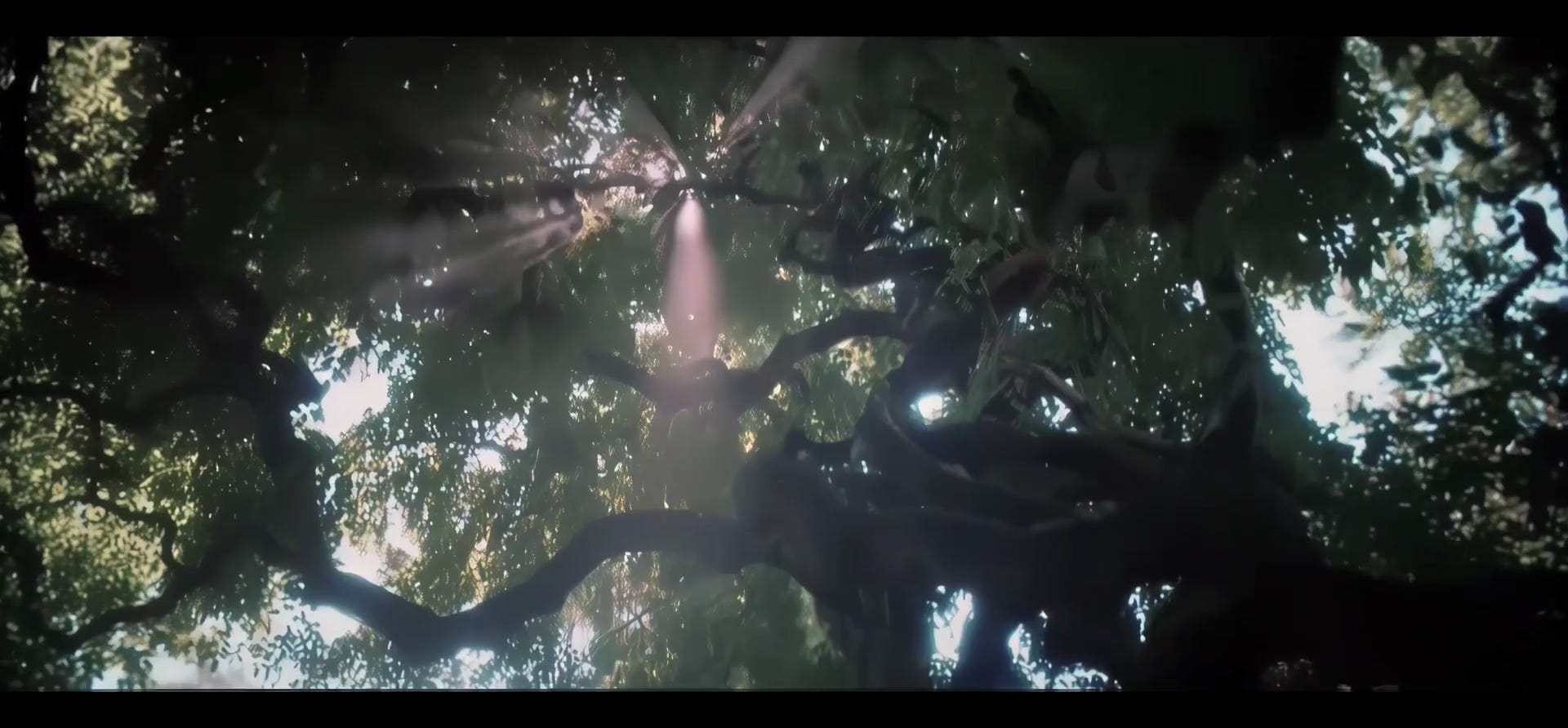


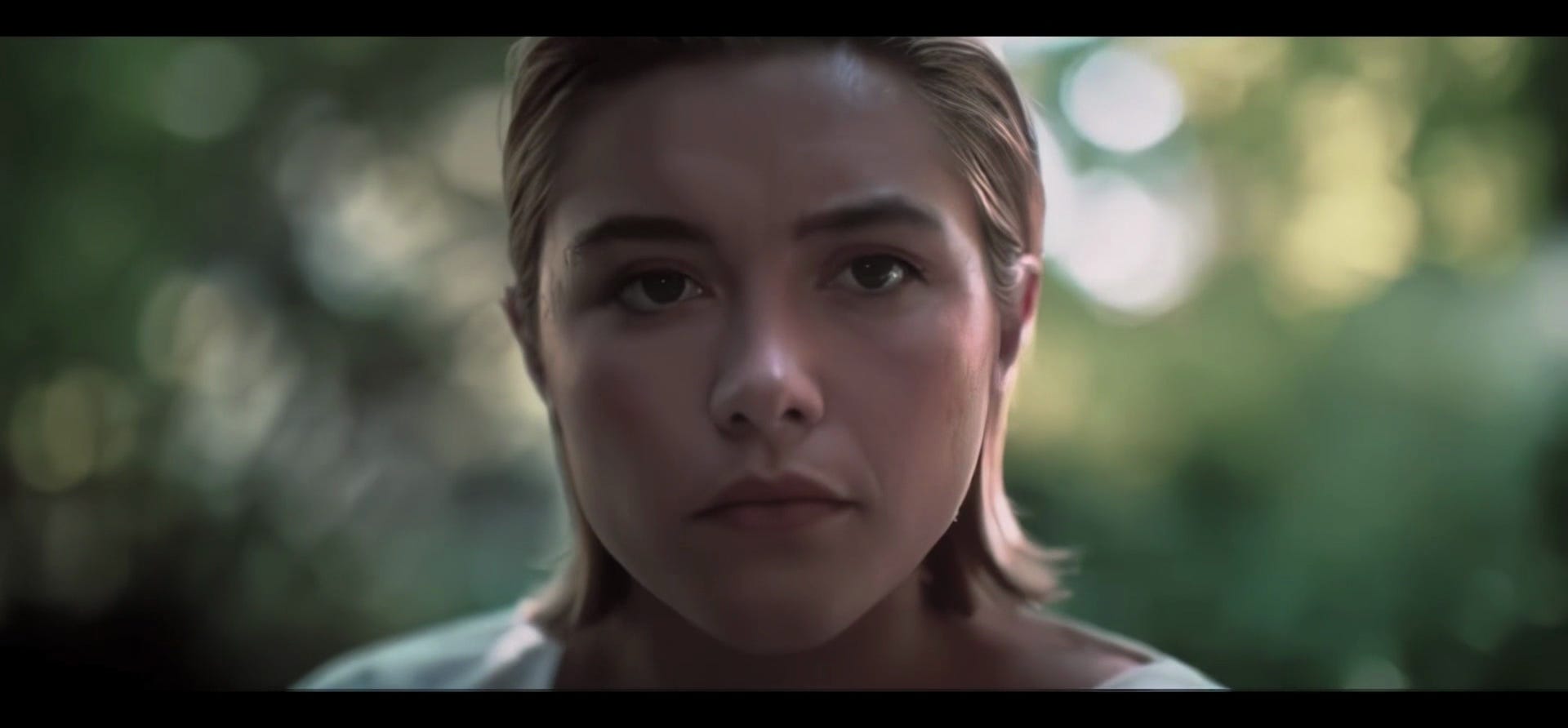


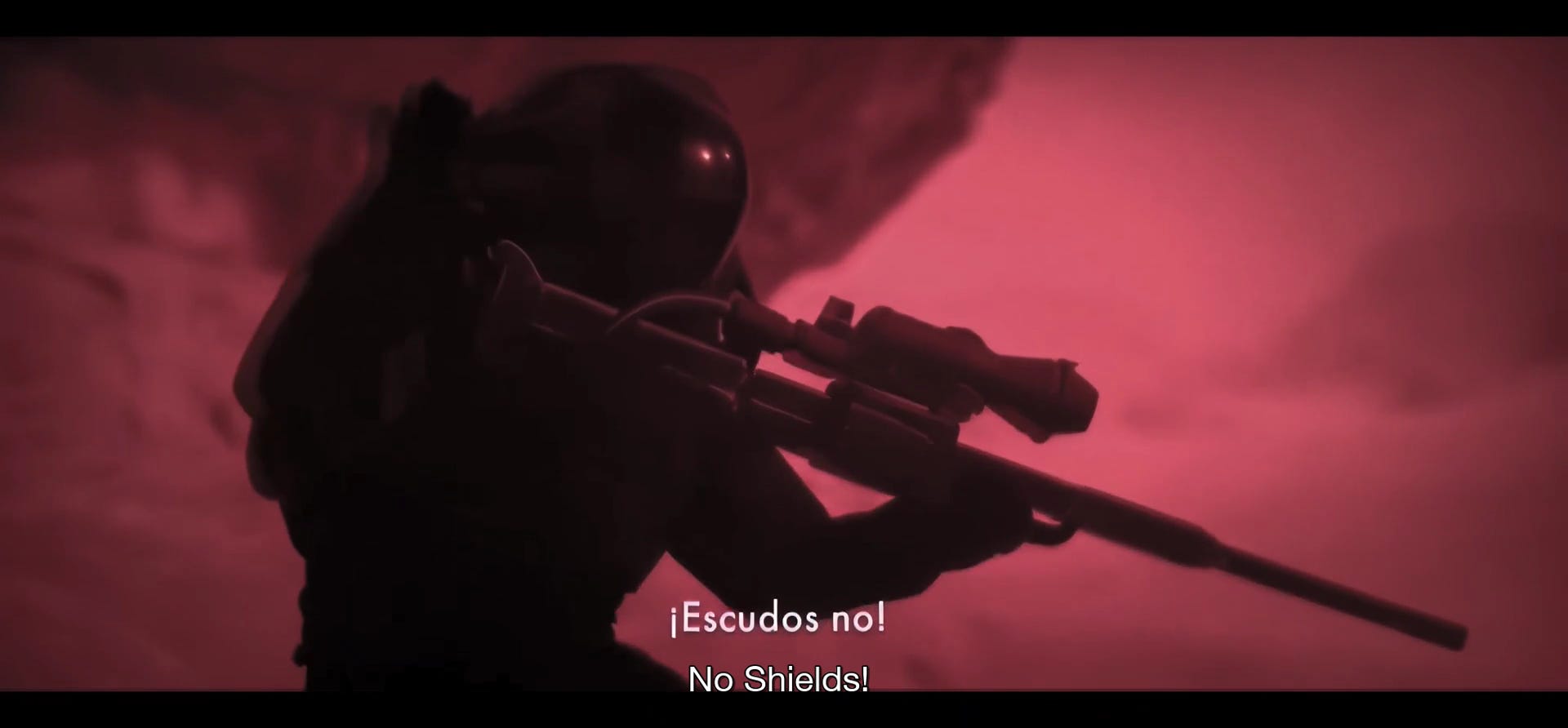






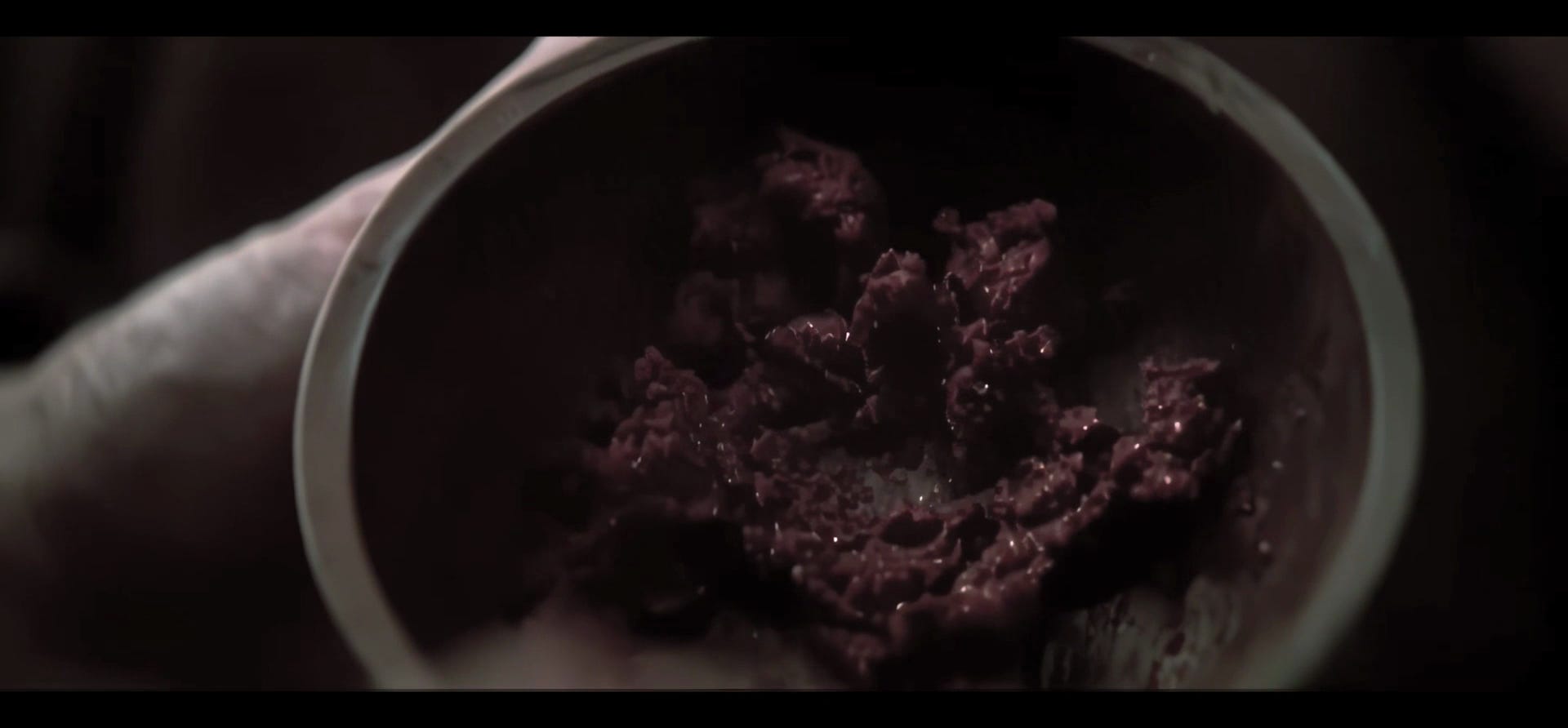


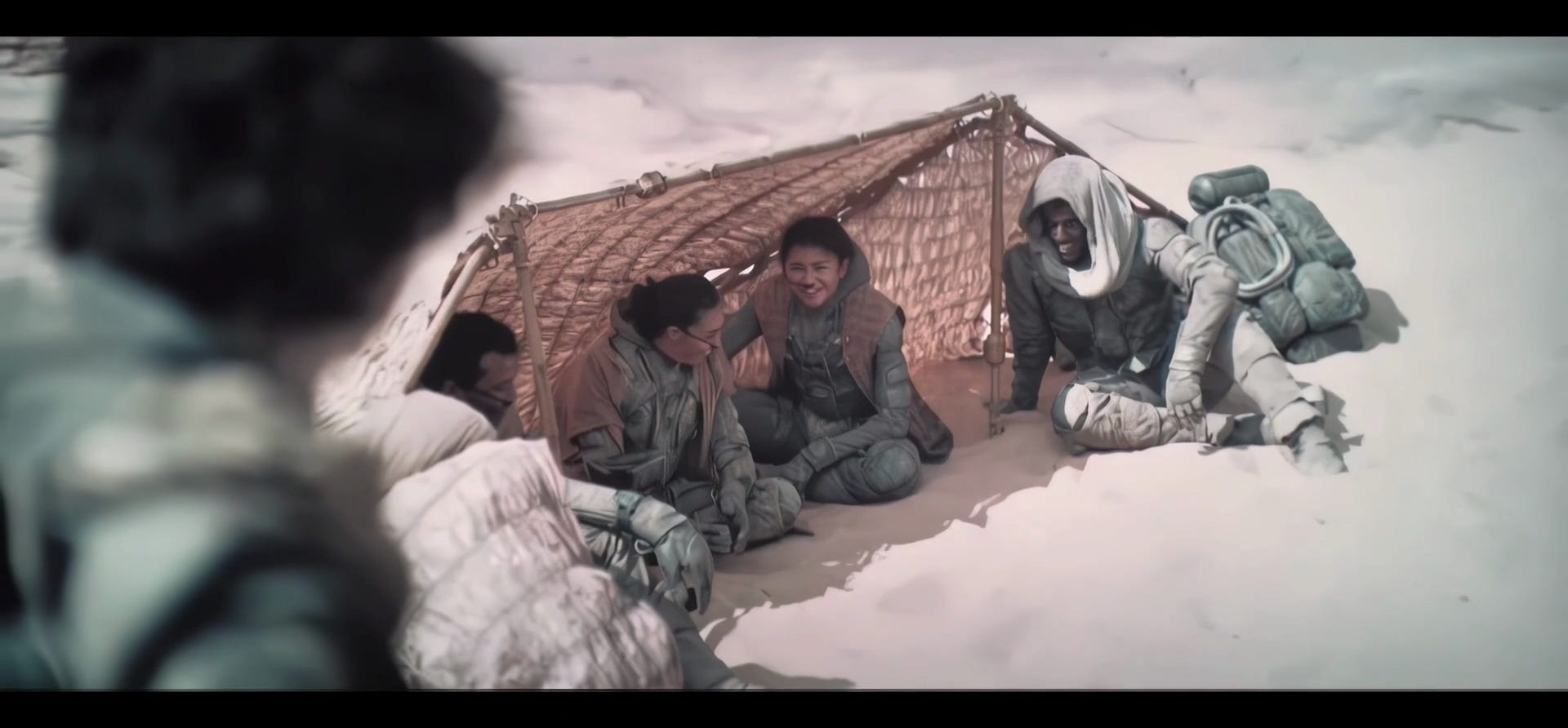




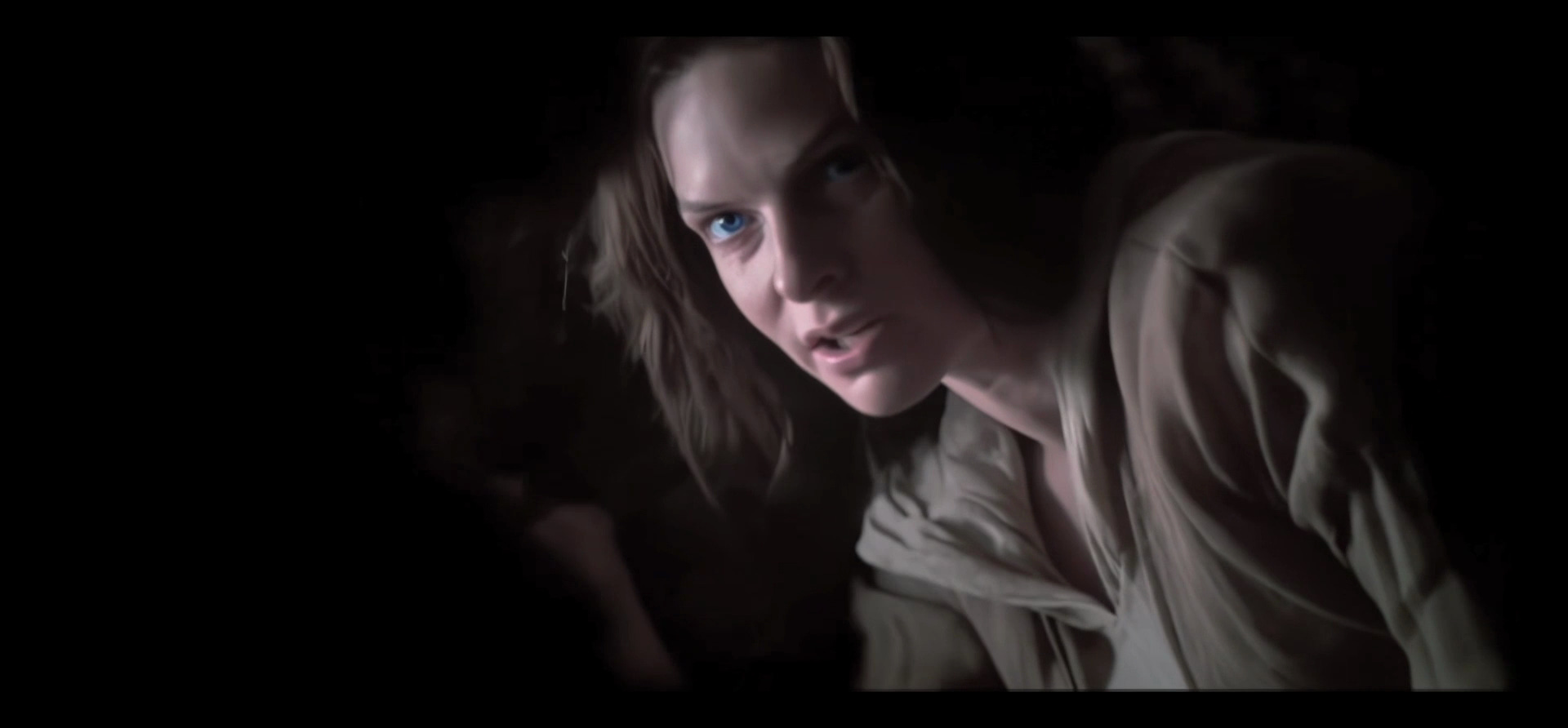

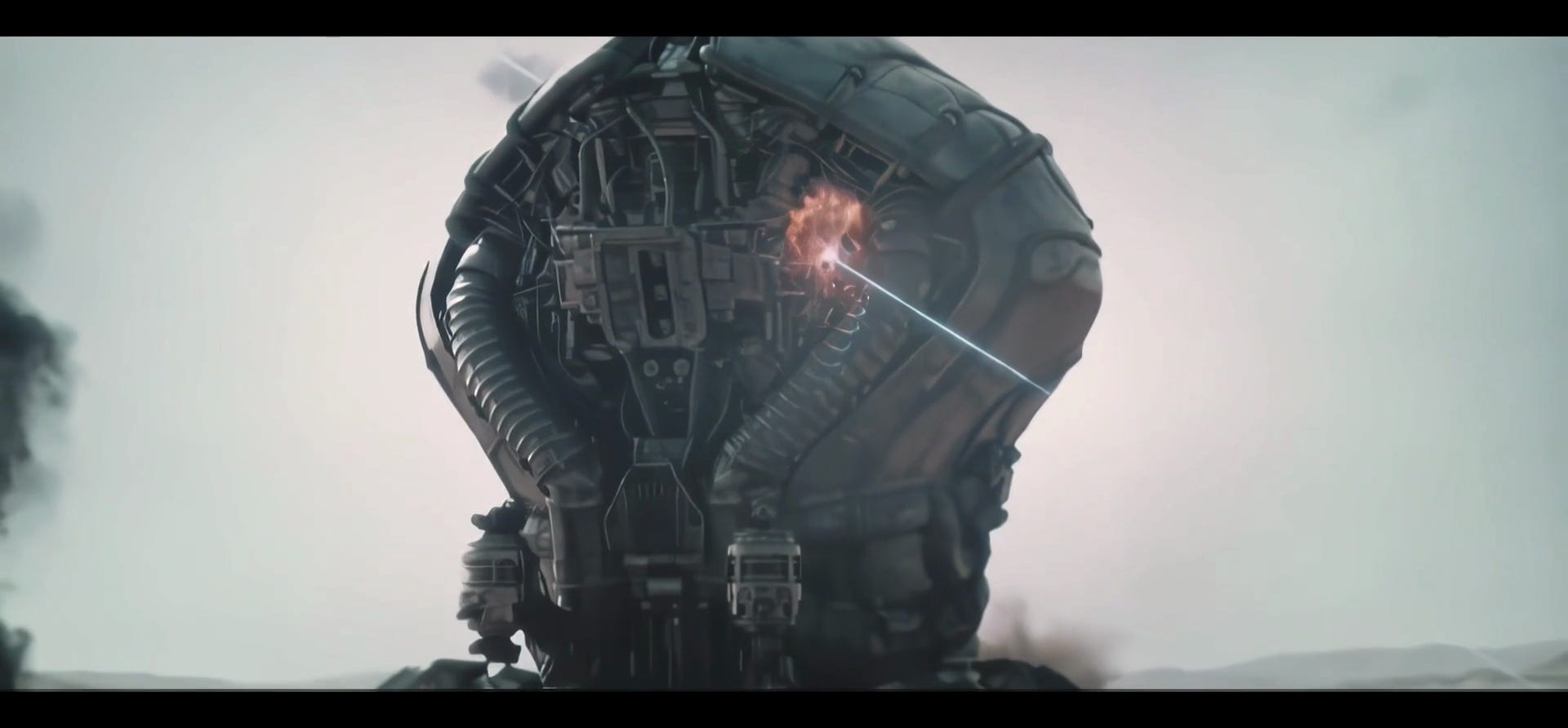
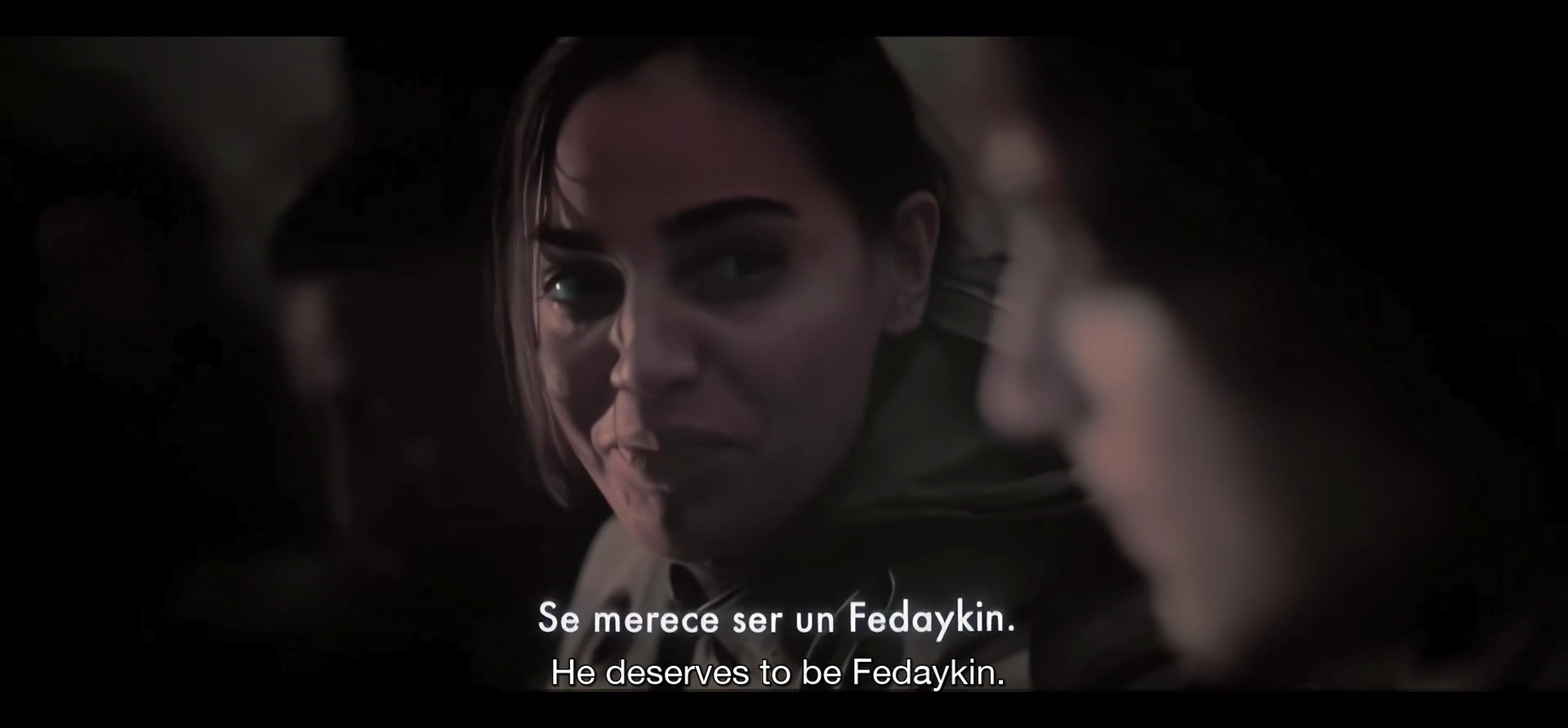




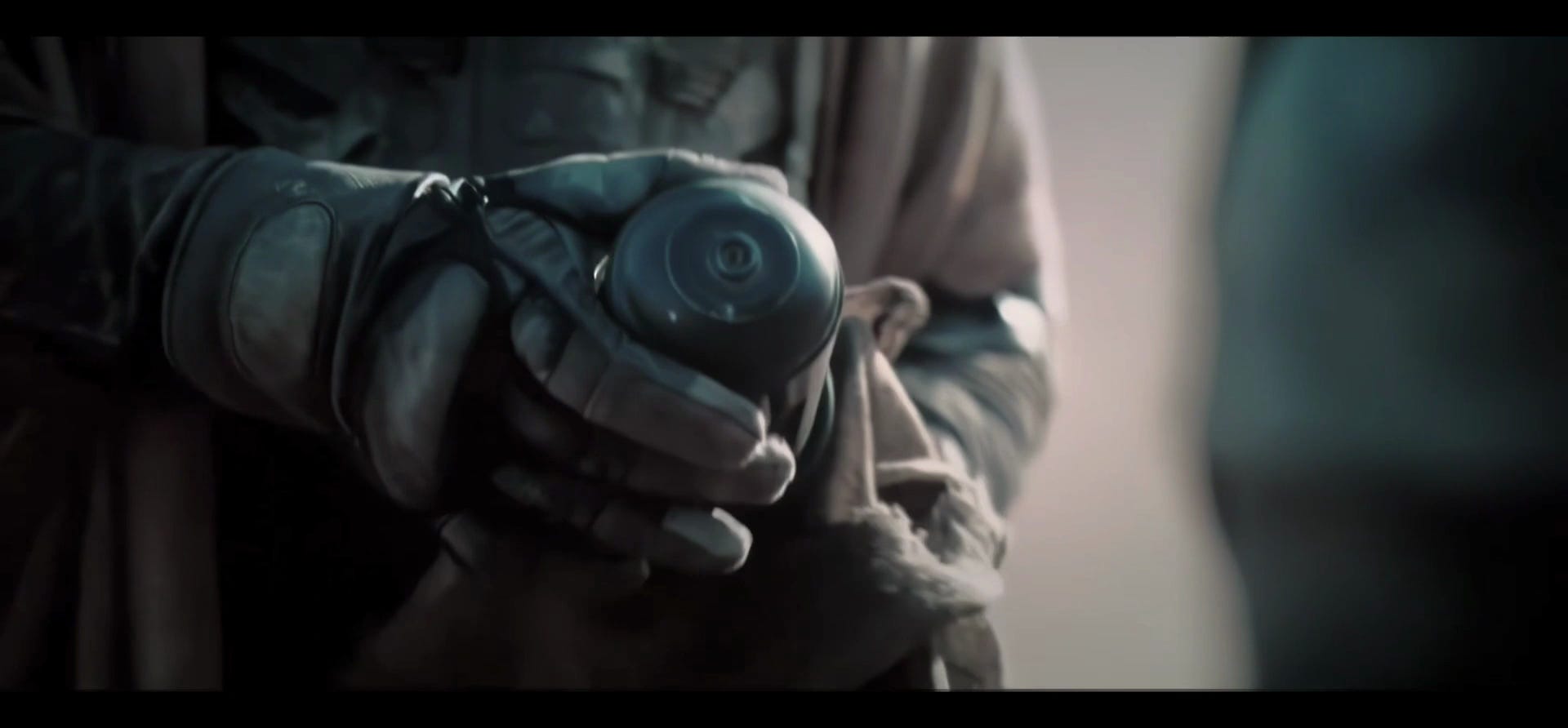




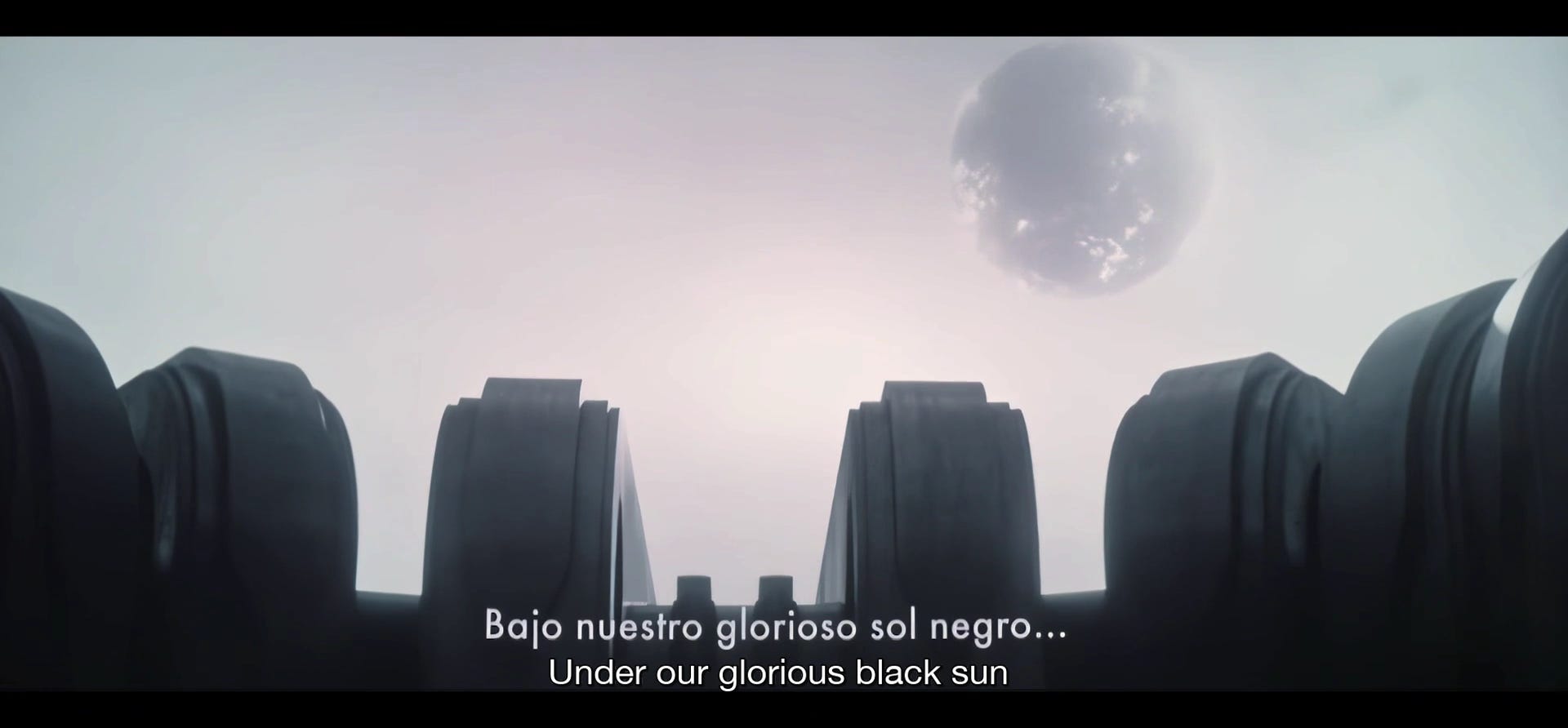
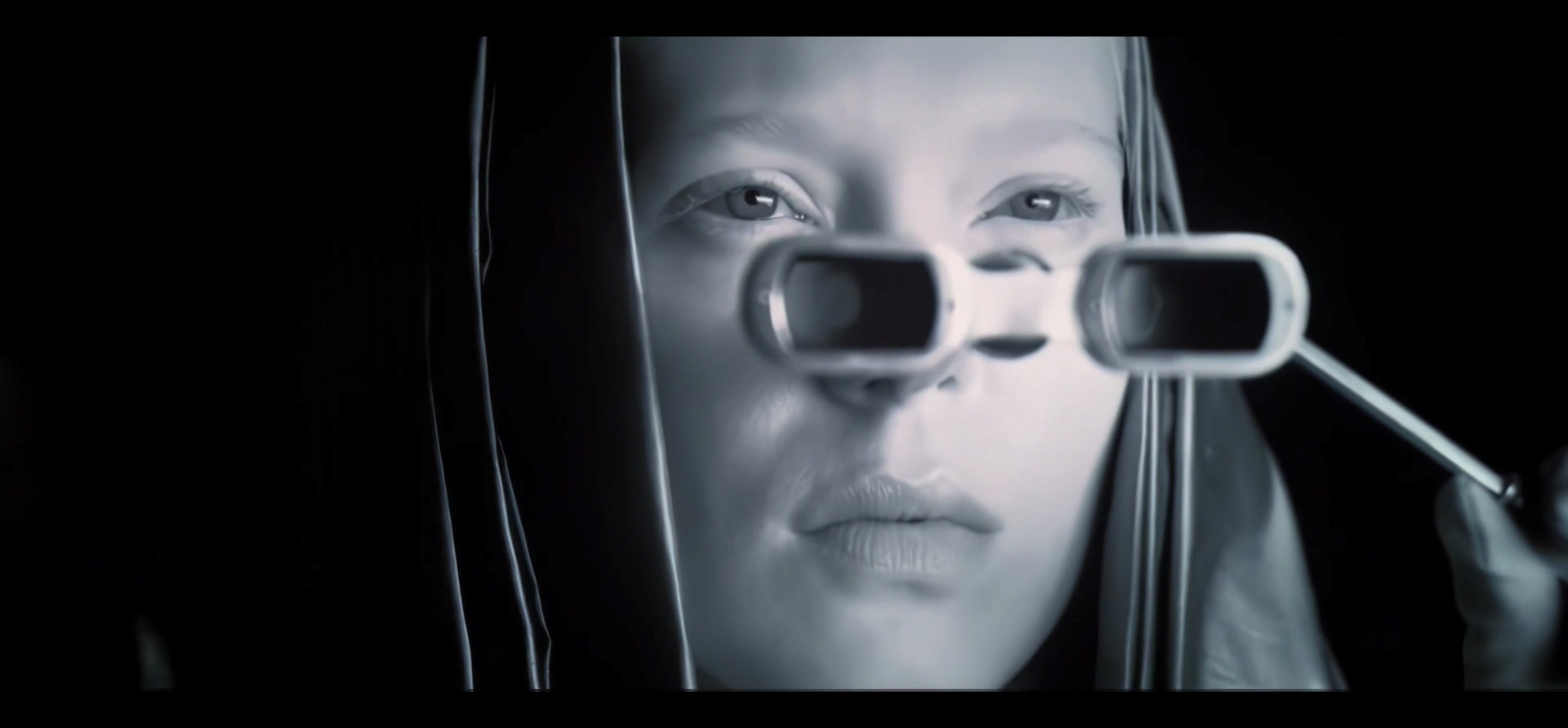







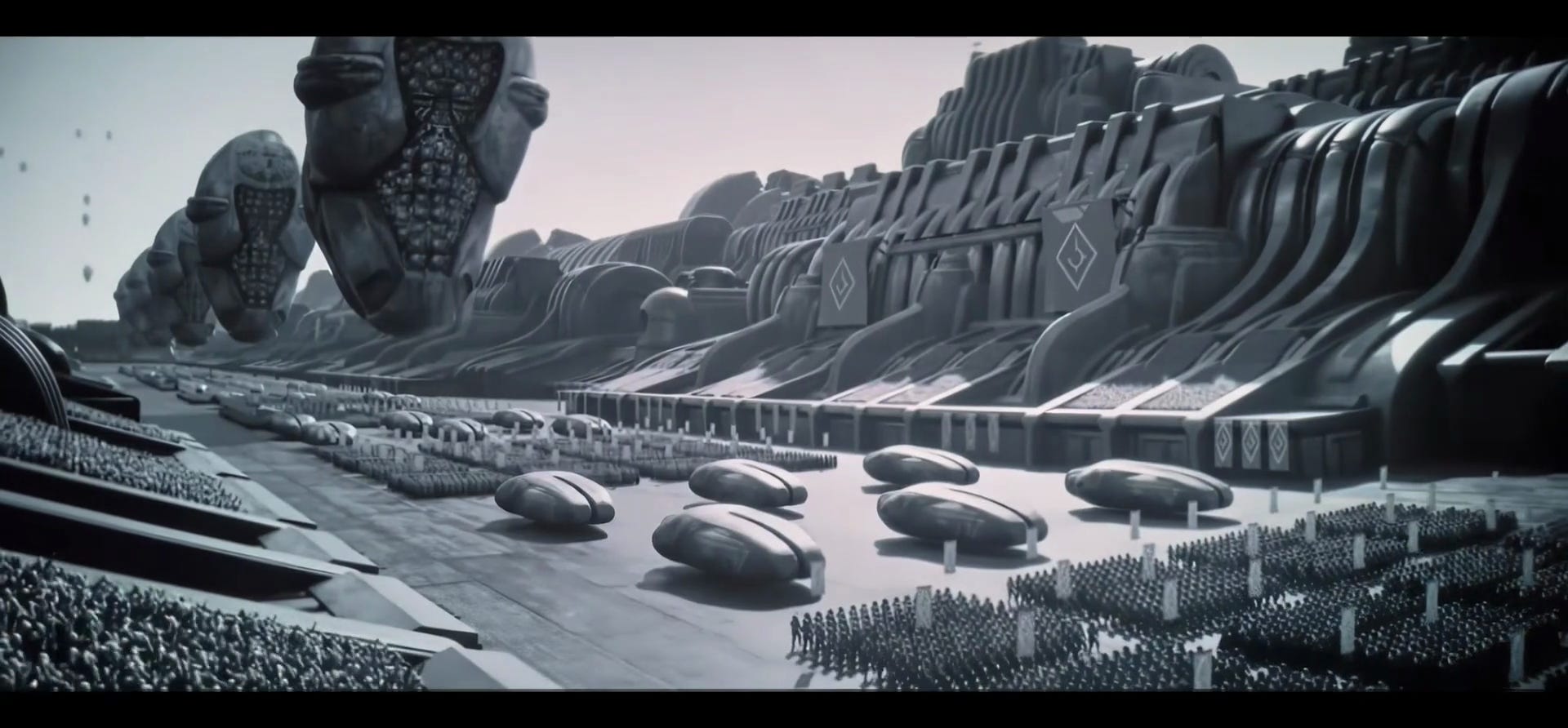

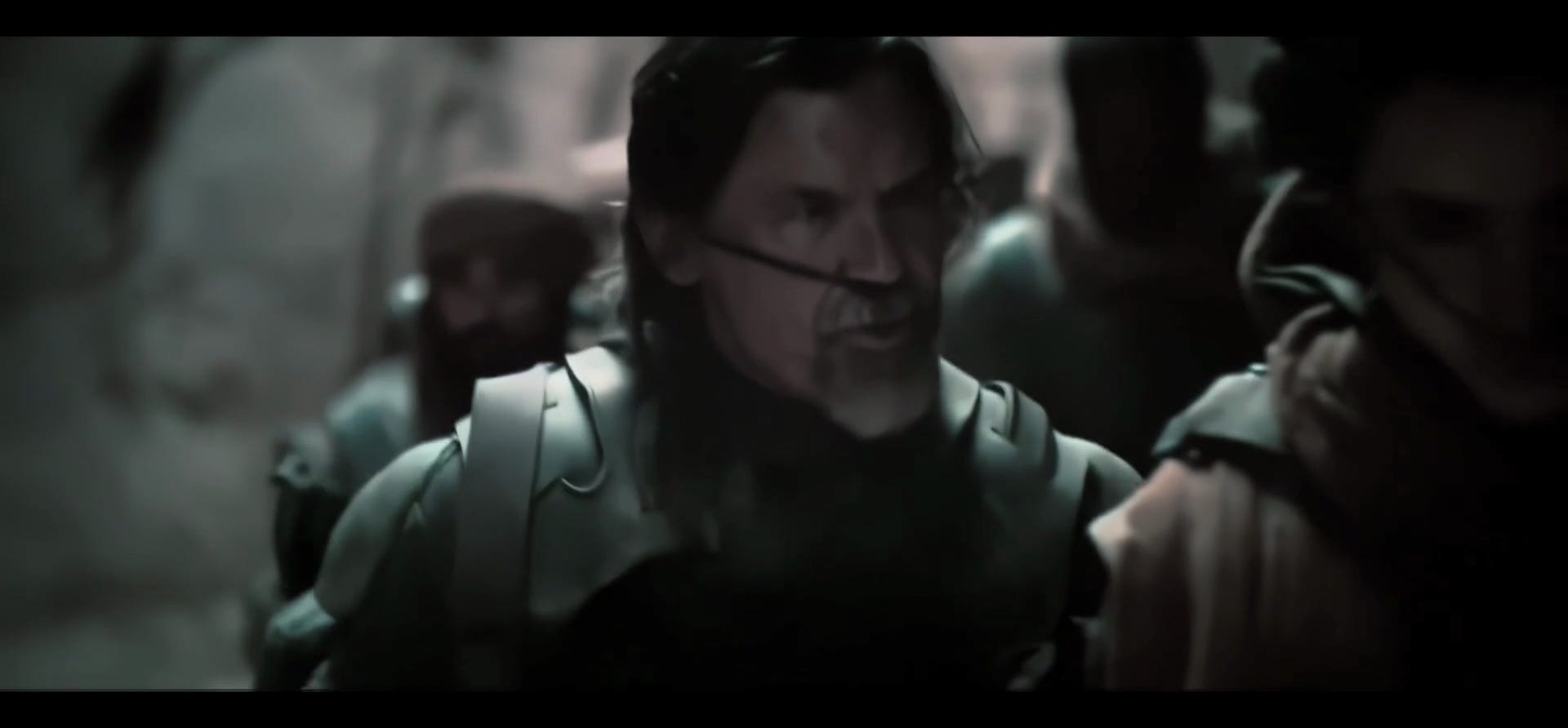

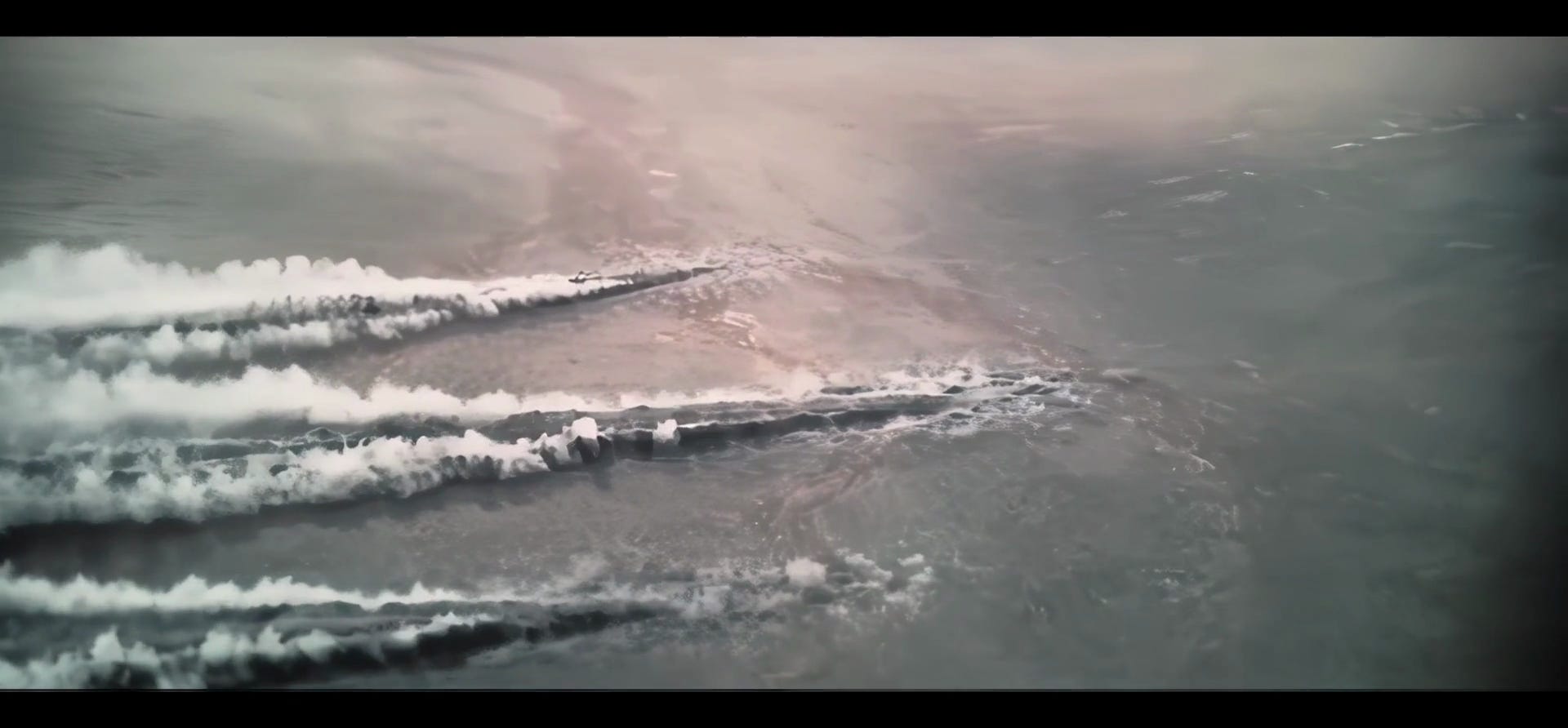



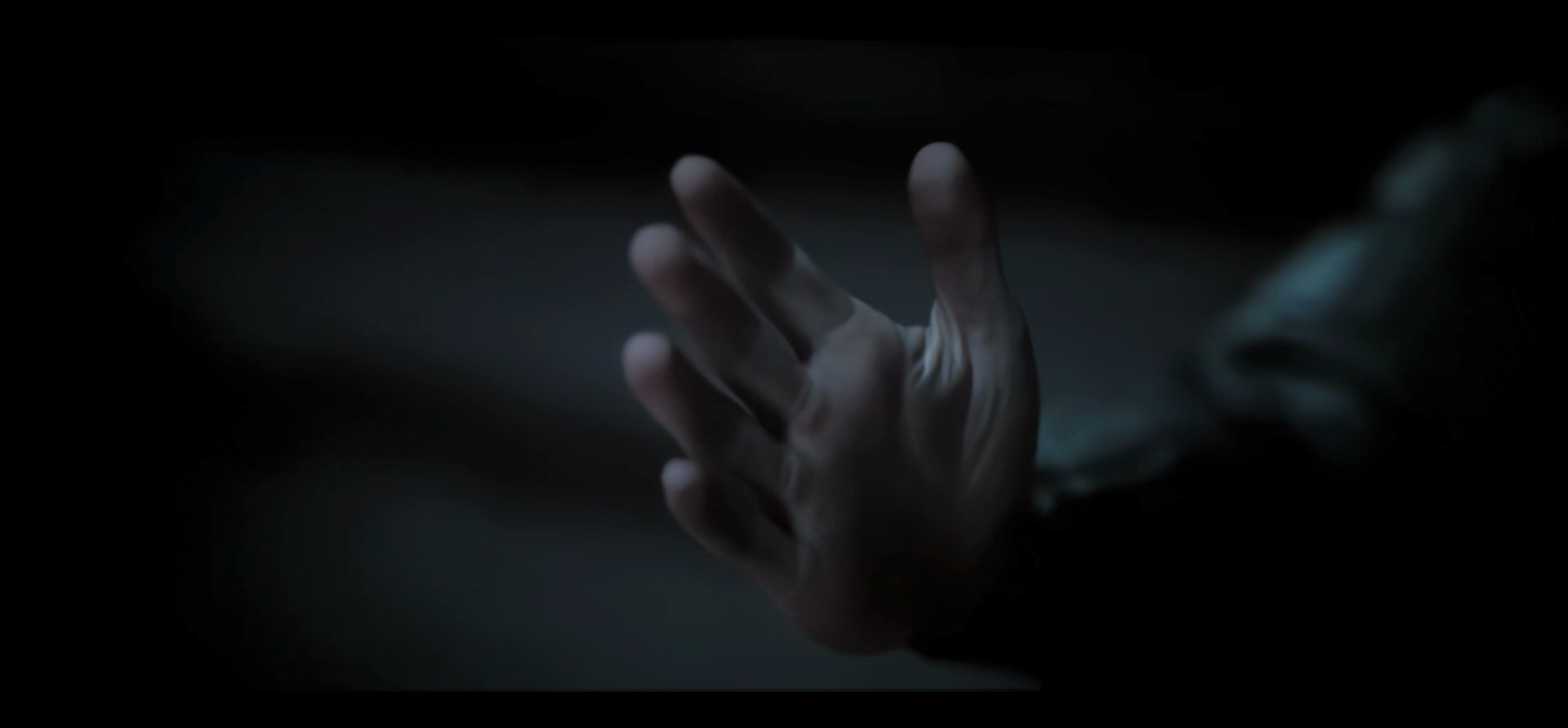

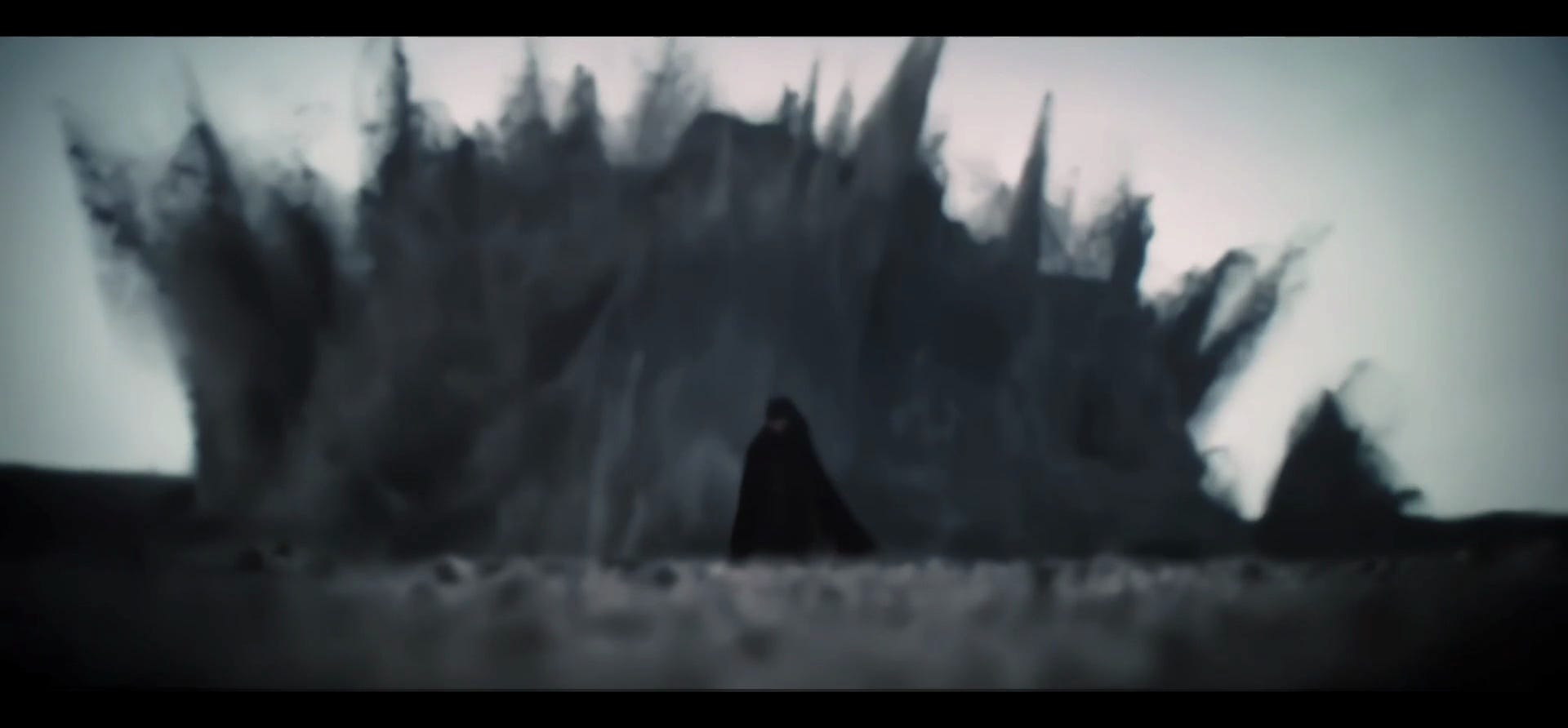









"“I see strength in you… like the base of the pillar.” “The base” is a cool name, wonder if anyone else has used it? "
SIR! I'm laughing so hard.
The slow smooth floating of the suspensor guys, Sardaukar "paratroopers" in the first movie, and so on is so cool and so visually distinctive. Offhand I can't think of any objects or people in other scifi movies that move in quite the same way.